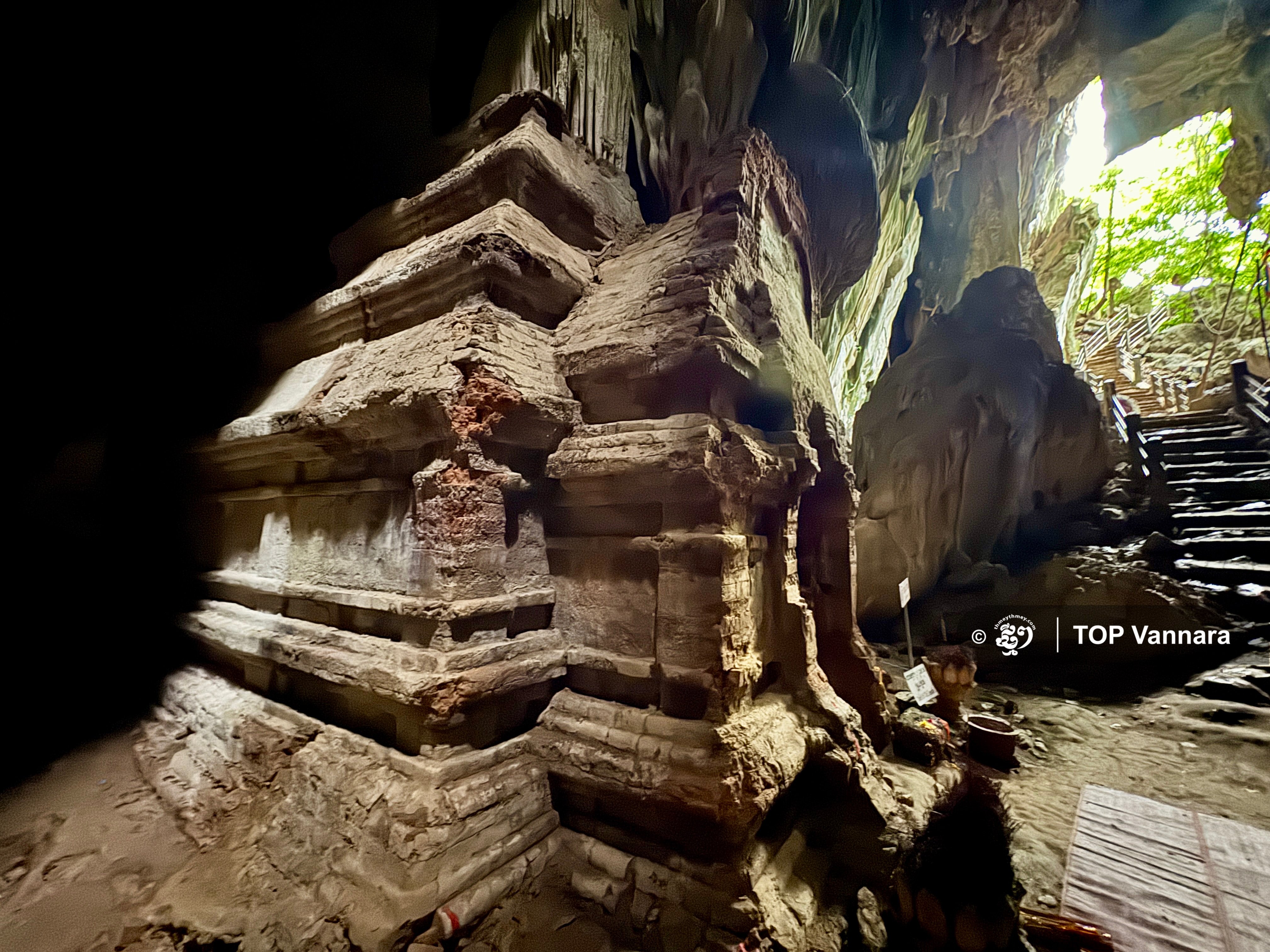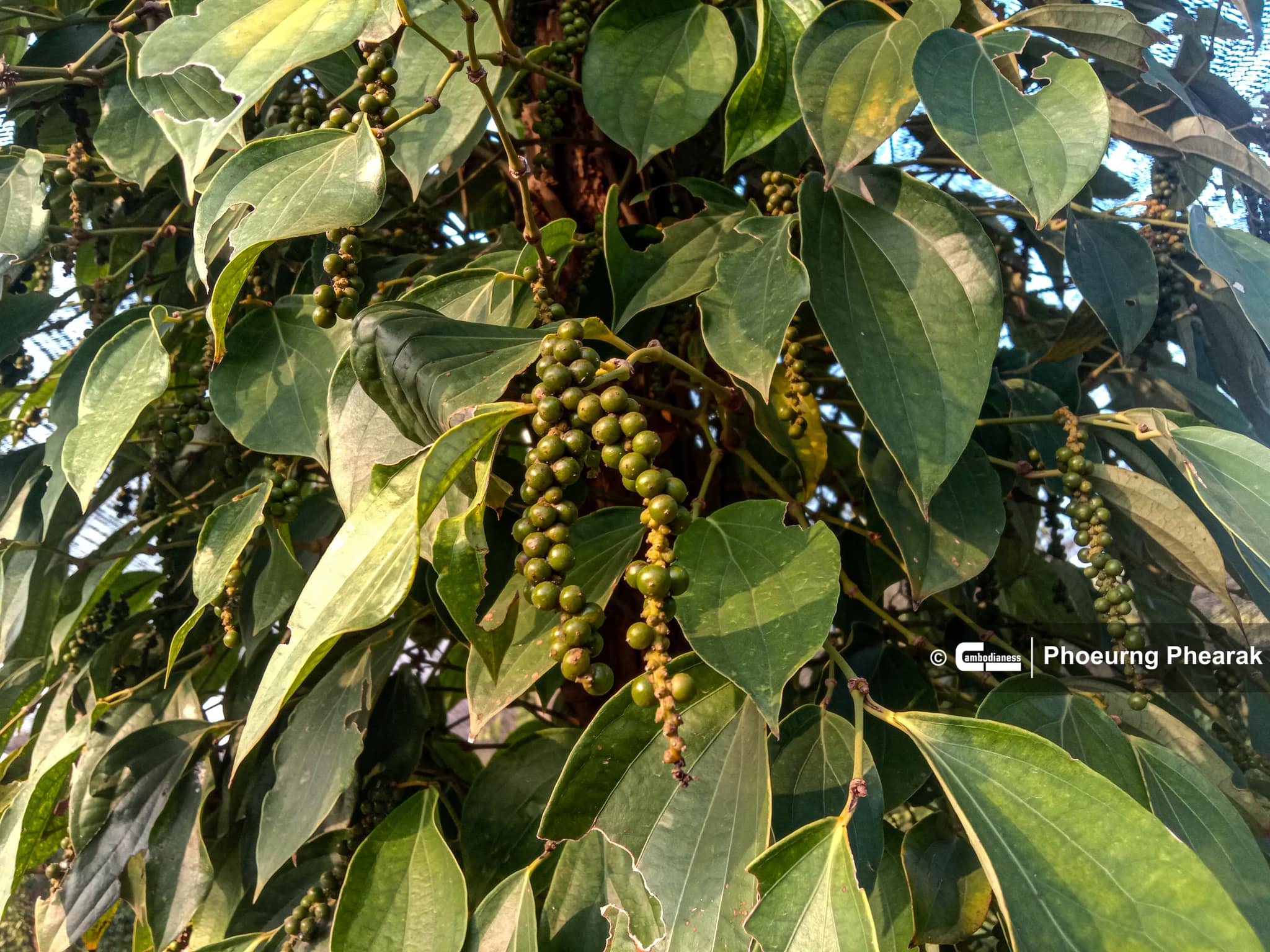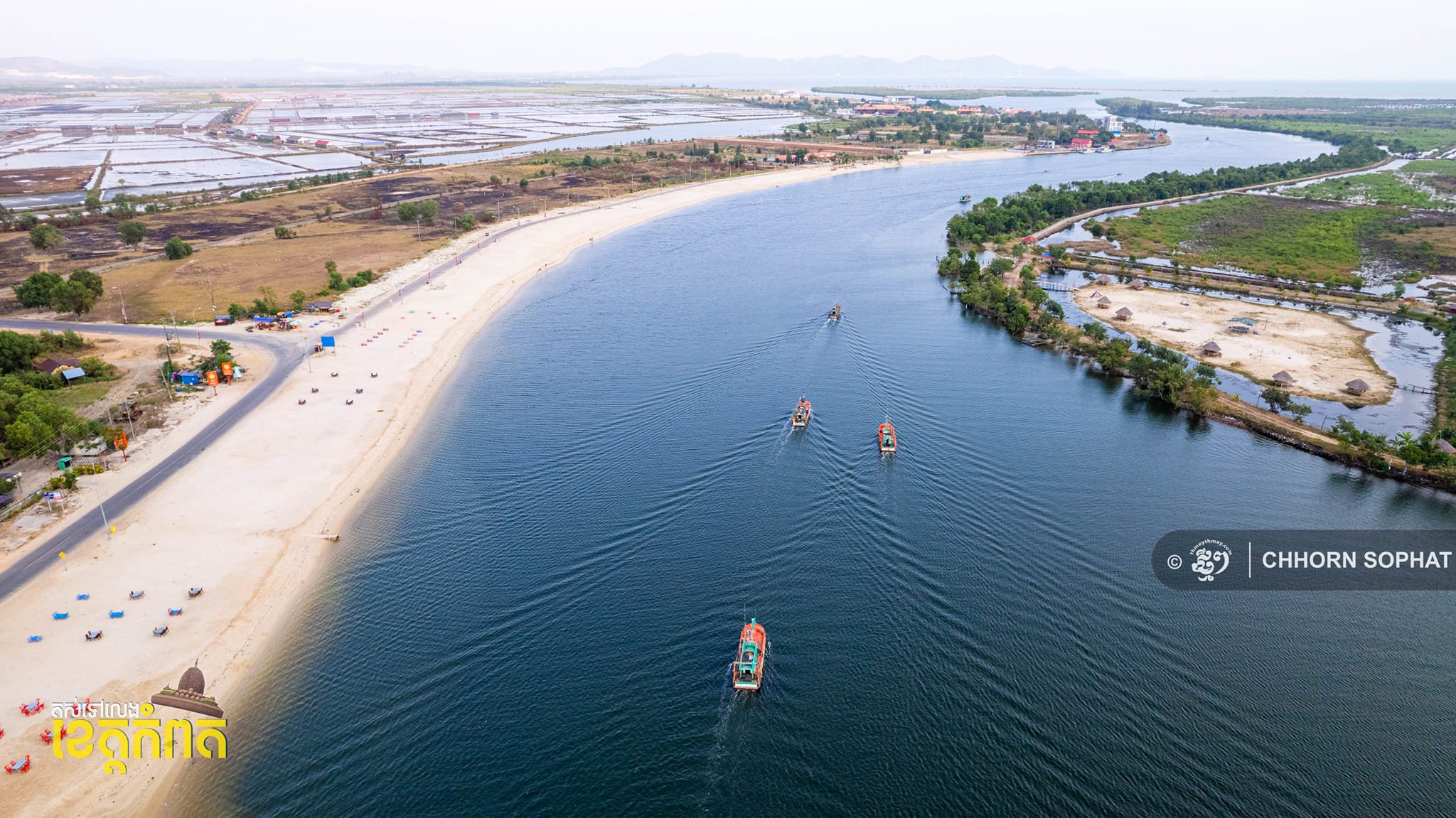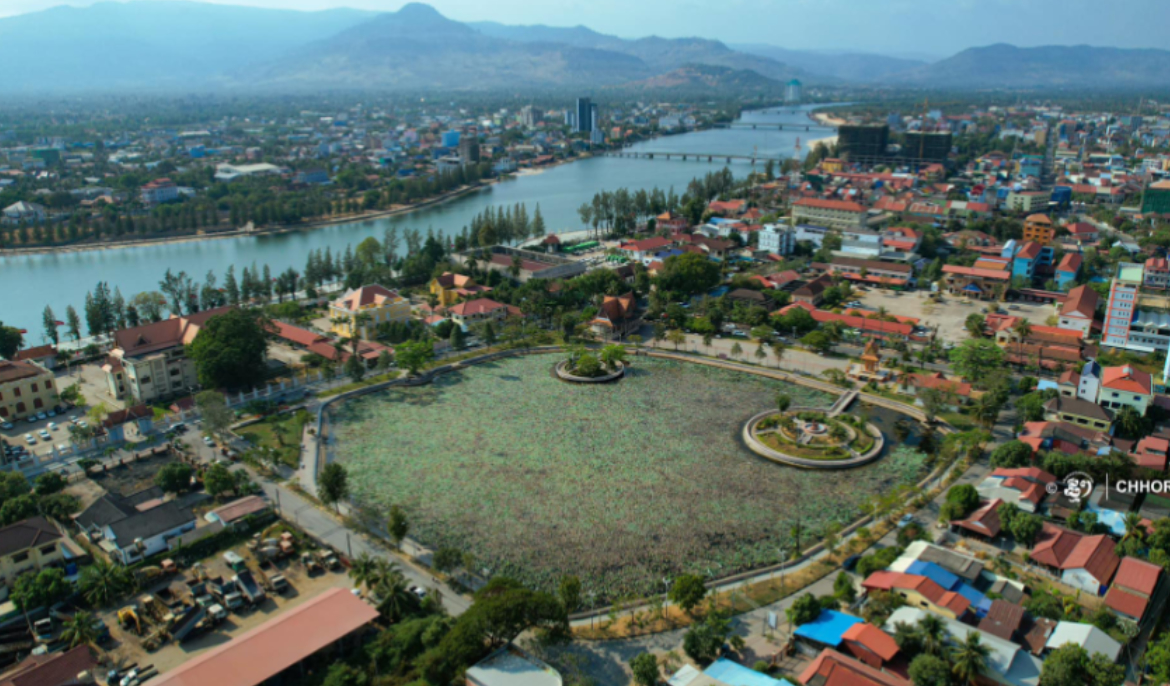Following the province of Siem Reap, it must be Kampot province.
Across the world, the name Kampot shines through its famed pepper that the top chefs consider one of the best, if not the best of the best.
However, the city and Kampot province don’t have a reputation up to the importance they have had in the history of the country, overshadowed by the prestige of Angkor and the other capitals of the kingdom where sovereigns built architectural gems in the course of the centuries.

In one of the rare books focused solely on the city of Kampot and its region entitled “Kampot, Miroir du Cambodge, promenade historique, touristique, et littéraire” (Kampot, reflection of Cambodia, a historical, touristic and literary walk) written by Luc Mogenet, the author, who is an expert in development and a long-time resident of the province, says how surprised he was to discover in the course of his research that, he writes, “Kampot, except during the Angkorian era, was at the center of Cambodia’s history, from the origins (Funan), until the contemporary period.
I was also stunned to learn that Kampot has inspired many writers, has been visited by great travelers, has been the starting point of many brilliant careers.”
For example, he points out, “the first Angkorian empire, Funan (1st-4th centuries) developed around Kampot, some historians even put the capital of Funan in Kampot. Unfortunately, that civilization has left very few archeological materials (steles, grottoes…).”
However, anthropologist Jean-Michel Filippi notes, “these [troglodytes] temples are in no way secondary, contrary to what has been written by Lunet de la Jonquière and, in any case, the importance of Phnom Toteung temple no longer has to be demonstrated.
“Moreover, we could go even further and show that, through the theme of ‘the mountain that is a temple’ and is manifested only in the region of Kampot, we no doubt have a major phase of the mountain temple genealogy in Cambodia,” he writes. (https://albertlebonheursiphar.wordpress.com/2014/08/23/histoire-de-kampot-par-le-dr-jean-michel-filippi-anthropologue/)
Located far from the center of gravity of the Angkorian empire, Kampot found itself in a key position during the modern period, being the only port in Cambodia that the Siamese (Thailand]) and Annamite (Vietnam) attempted numerous times to occupy.
“It is to King Ang Duong, who reigned from 1841 to 1860, that Kampot owes its revival; he actually had a road built from Oudong (then Cambodia’s capital) to Kampot and used this port to develop trade,” writes Luc Mogenet.
And it is by using this road leading to Oudong that Henri Mouhot will make the trip that would lead him to be, in 1859, the Western explorer who would discover Angkor.
In his book “Histoire de Kampot et de la rébellion de cette province en 1885-1886” (history of Kampot and of the rebellion of this province in 1885-1886) published in 1907, Adhémard Leclère, one of the first French residents of Kampot (1886-1890), attests to this key position.
“Kampot is today the only seaport in Cambodia,” he writes. “For this reason alone, it deserved the paragraph I devote to it. But moreover, it is the capital of the province to which it gives its name and the headquarters of a French resident…The coasters of the Gulf of Siam come to release, and Chinese and Siamese junks often appear.
Relations between the Annamite and Chinese of Kampot and the Rachgia and Hatian with Phuquoc, Chaudoc and even Saigon are daily. Those with Singapore, Bangkok and Haïnam are more rare, but they exist.

Pepper harvested in the province of Kampot and in that of Peam, its Southeast neighbor, are virtually all exported to Haitian for Saigon. A few Chinese junks from Hainam, however, take a small quantity of it for China and Singapore.”
However, toward the end of the French-Protectorate period, “trade passes through Saigon, moves upstream the Mekong until Phnom Penh, and the port of Sihanoukville is set up,” Luc Mogenet points out. “This marks the decline of Kampot.”
Today, as Sihanoukville and Phnom Penh are being transformed into metropolises, the city of Kampot, which is 150 kilometers from the capital, appears as a charming city in a province with an array of truly varied landscapes where mountains dominate rice fields, salt marshes, pepper plantations, beaches, islands, forests…

When we stroll along the peaceful river that joins Kampot to the Gulf of Thailand, let’s not forget that its waters have known the powerful breath of history and strongly contributed to the edification and influence of the empire and then the kingdom. The time has come for Kampot to be again a “center” in keeping with its past.


